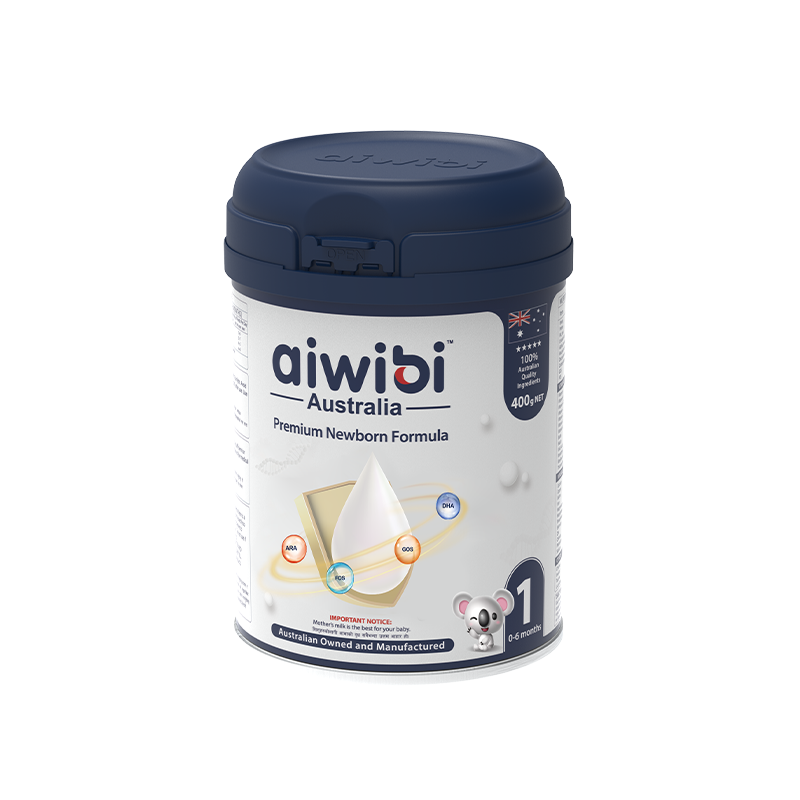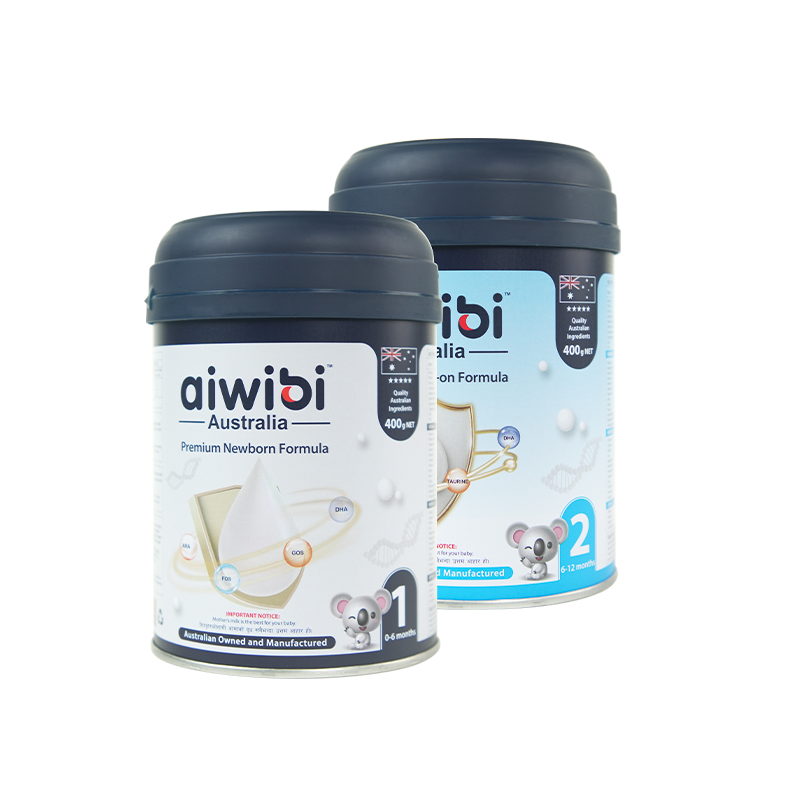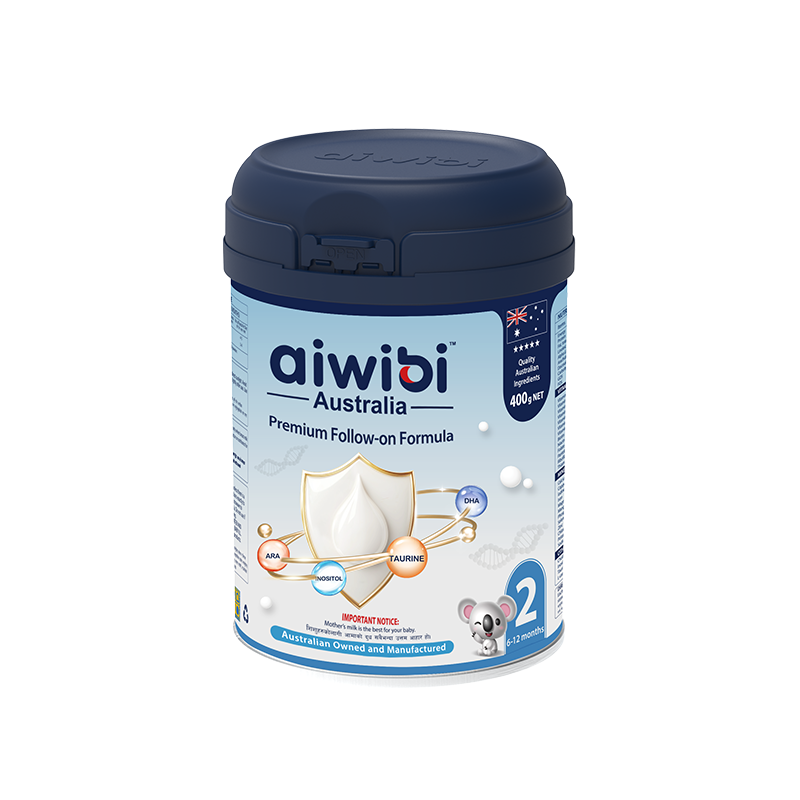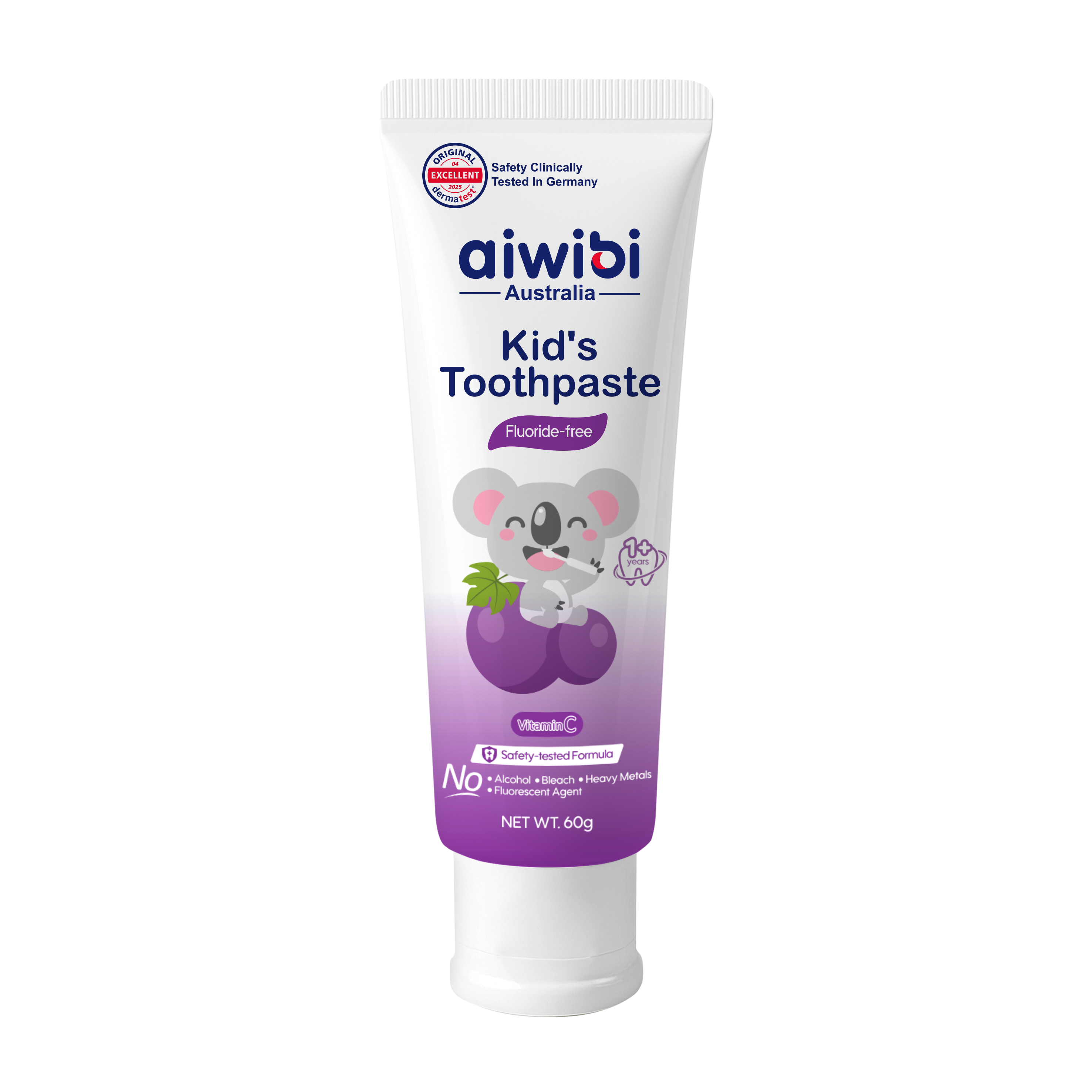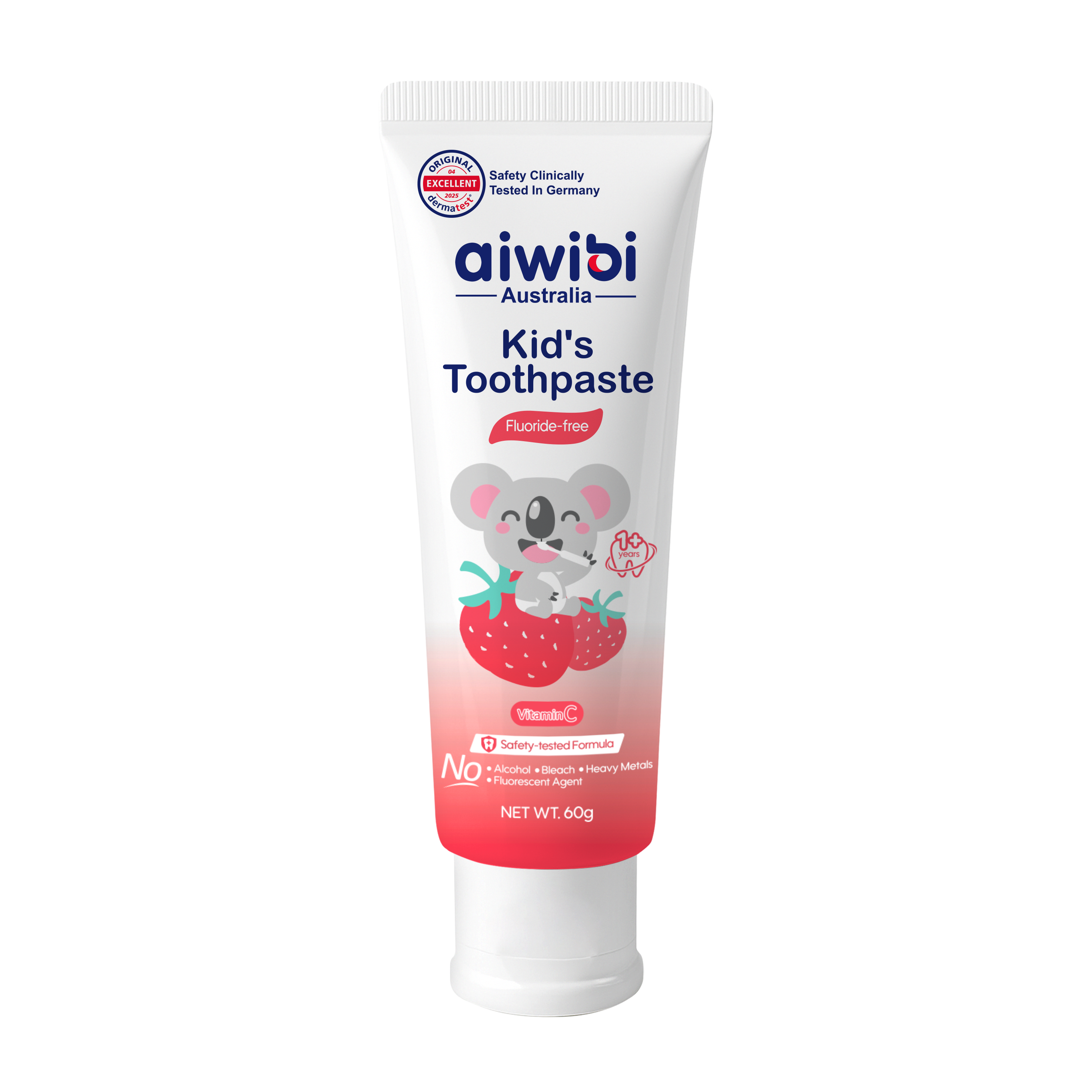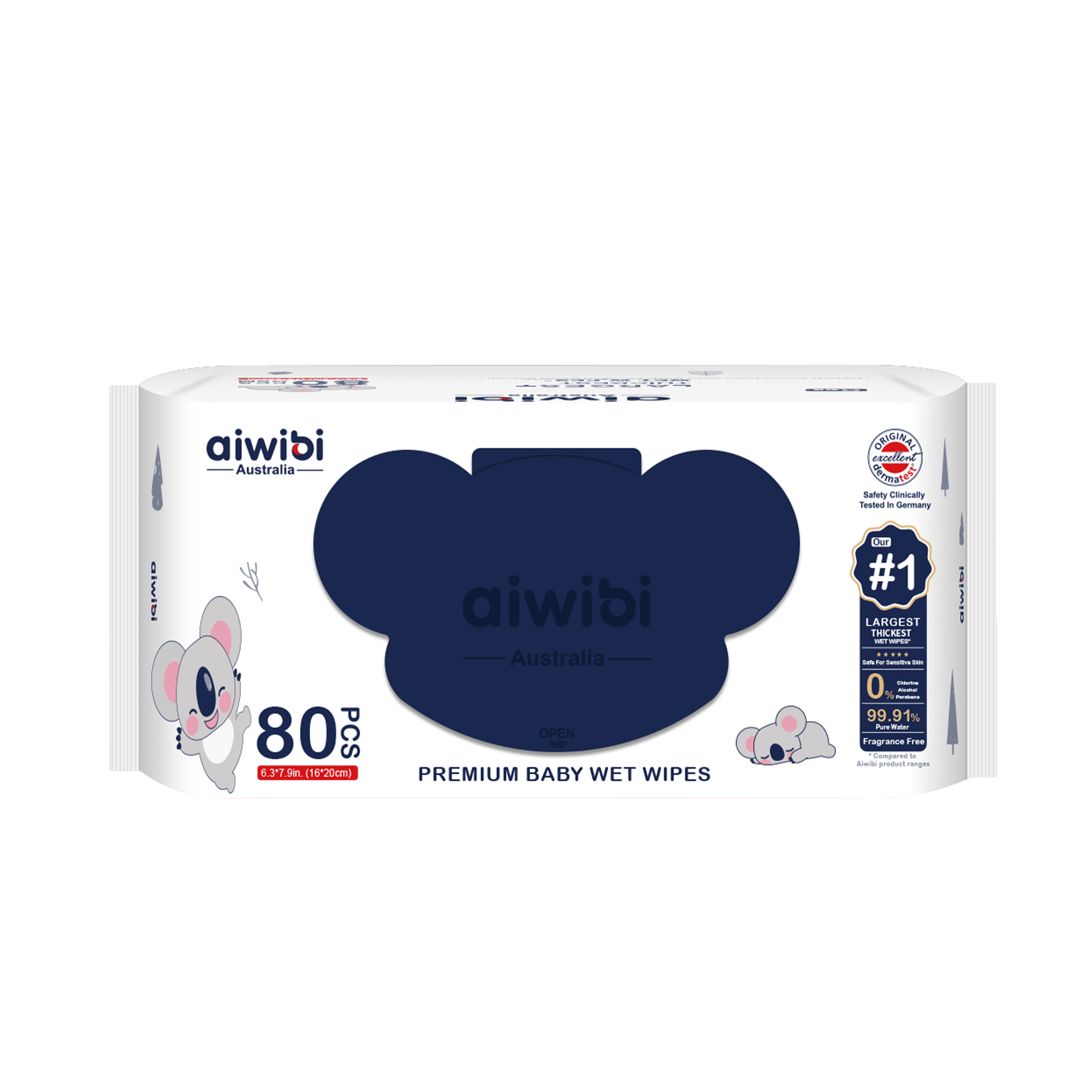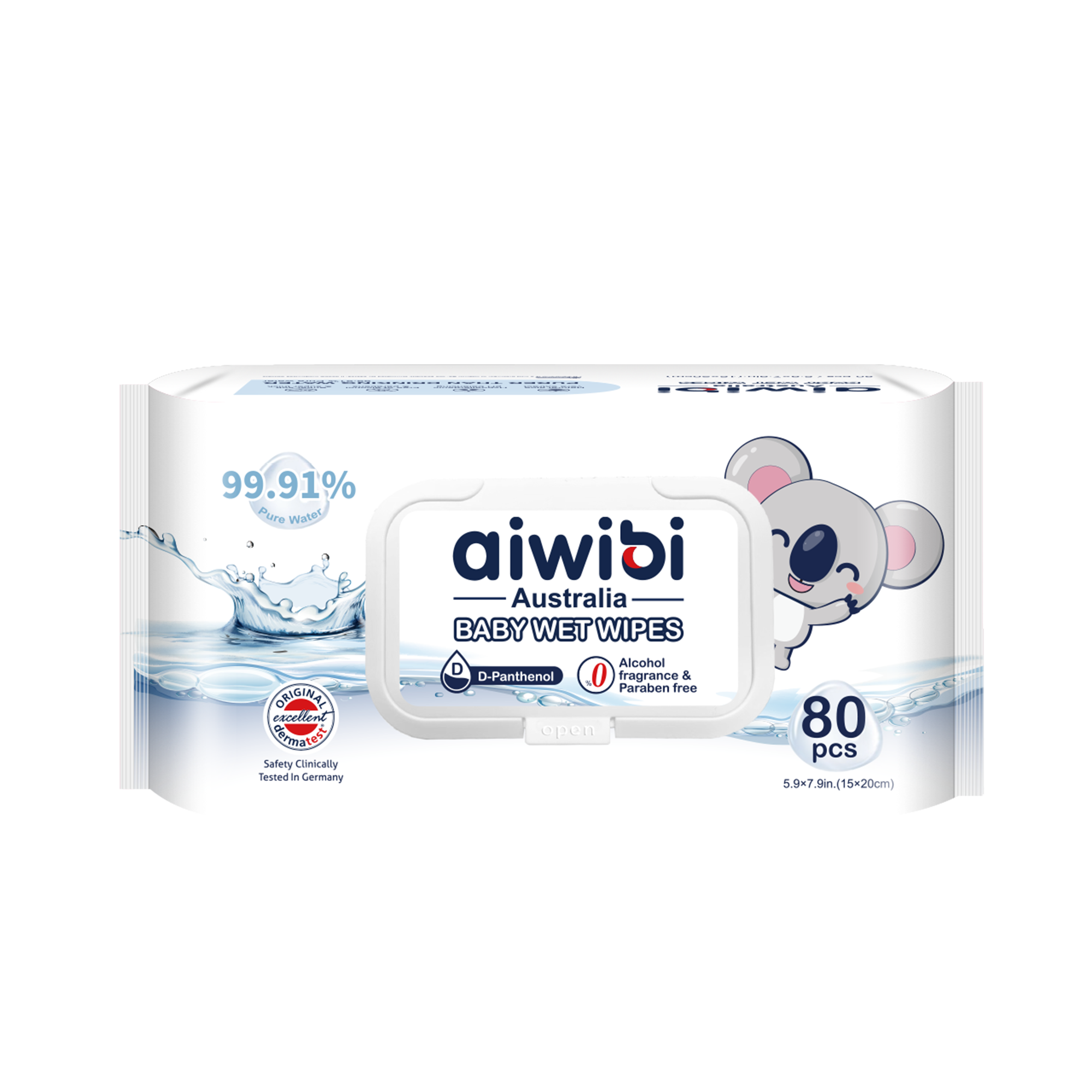We know choosing the perfect diaper for your little ones can feel like a big confusion, hai? But don't worry! We're here to guide you through this important decision and answer all those questions you have in your hearts.
Surely you've wondered: "Which is the best diaper for baby in Nepal?", "What diapers do doctors recommend?", "What is the safest diaper for a baby?". Let's explore the key things together so you can find the ideal one for your precious baby!
Quick Navigation Guide
1. Which style diaper is best for baby?
When searching for the best diaper for baby in Nepal, you'll mainly find two options:
- Reusable Diapers (Cloth Diapers): These can be used again and again, are good for the environment, and can be cheaper in the long run.
- Disposable Diapers: These are practical, easy to use, and absorb really well, perfect for our busy lives.
reusable diapers vs disposable diapers
| Aspect | Disposable Diapers | Reusable Diapers |
|---|---|---|
| Cost | More expensive in the long run (need to keep buying) | Cheaper over time (big cost at the start, but you can reuse them) |
| Comfort | Very absorbent, great for nighttime | Might need to be changed more often |
| Environment | Creates waste (but now many are "eco-friendly diapers") | Good for the environment (less waste) |
| Looking after them | Just throw them away | Need to wash them often |
| Where to buy | Easy to find (supermarkets/pharmacies) | Not as easy to find (usually online or in special shops) |
| Sizes | Options for different weights/ages | Some types need adjustments as baby grows |
Choosing between these depends on your lifestyle, what you like, and your budget. Both have their good points!
2. Choosing the Right Size for a Baby Diaper
Just like clothes, diapers come in different sizes to fit your baby as they grow. From the newborn diapers size (NB), which is perfect for new babies and even special sizes for premature or small babies, to bigger sizes as they get older.
To find the right diaper size for your baby, weight is the most important factor, though fit can vary between brands. Most brands provide a diaper size chart indicating the weight range for each size.
Aiwibi Baby Diapers Size Chart📊

Aiwibi Baby Pants Size Chart📊

🔍 Helpful Tips:
What's the Difference Between Aiwibi Diaper Size S and M
The main difference between Aiwibi small (S) and medium (M) diapers lies in their fit and absorbency capacity, designed to match your baby's growth stage:
- Aiwibi diaper sizes and Aiwibi diaper pants follow slightly different sizing guidelines. Always check the size chart before purchasing.
- Weight is more important than age for choosing the right stage (for example, a 5-month-old baby weighing 7 kg might need Stage 3).
- Need help choosing? Contact our customer service for personalized recommendations!
How to know if you need to change size?
- If there are leaks often → Check the fit or try a different brand
- Also, check the fit around your baby's waist and thighs. The diaper should sit snugly just below the belly button. If the fastening tapes don't reach the center of the waistband or you can't comfortably fit two fingers under the fastened waistband, it's likely time for a larger size.
Watch our product videos to get help(How to change a diaper)>>>
3. The Defining Features of the Best Diaper for Your Baby
The quality of materials directly impacts your baby's comfort and skin health. Here's what to look for in the best diaper for baby in Nepal:
3.1. Top Layer (the part that touches the skin)
This should be soft and allow air to pass through to avoid irritation. Non-woven fabrics like thermobonded or spunbond are great because they let urine go quickly to the absorbent layer. Be careful of rough materials!
3.2. Absorbent Core
This is where the magic happens:
- Wood Cellulose: Helps to spread the urine. Some cheaper diapers might use tissue paper instead of cellulose, which doesn't absorb as well.
- Super Absorbent Polymer (SAP): This is the star ingredient that can absorb many times its weight in liquid! The newest diapers often have a core made completely of SAP, making them thinner and better at absorbing.
3.3. Bottom Layer (to stop leaks)
- Polyethylene Film (PE): This stops water from getting through but doesn't let much air in.
- Laminate of Non-woven Fabric and Film: This lets air in better and is common in higher quality diapers. The sides usually have a non-woven fabric that repels water to stop leaks from the sides.
3.4. Other Things
Hot melt adhesives to stick the layers together, soft waistbands and elastic around the legs for a comfortable and secure fit.
Our Advice:
As a parent, you want the gentlest and safest for your little one. Choosing diapers from trusted brands that use high-quality, non-toxic materials is the best way to prevent discomfort like allergic reactions. These diapers are expertly designed with a balanced core of absorbent SAP and soft, breathable fabrics to keep your baby's skin dry and healthy. It's wise to be cautious with deeply discounted options, as they may use materials that aren't as kind to your precious baby's skin. Look for brands that are transparent about their commitment to safety and hypoallergenic design.
4. Key Features for a Good Diaper
A good diaper focuses on keeping your baby's skin healthy, and it all starts with the quality of the materials. Here are the important features to think about:
- Absorption: Dry Skin, Happy Baby. A top diaper has a strong core with cellulose to spread the wetness and Super Absorbent Polymer (SAP) to hold it in. Look for technologies like distribution channels and super absorbent cores for fewer changes and peaceful nights. Good absorption is key to avoiding irritation!
- Breathability: Let the Skin Breathe! Breathability is your first line of defense against diaper rash. When moisture is trapped, it creates a damp, stuffy environment that irritates the baby's delicate skin and can quickly lead to redness and diaper rash. A truly breathable diaper features a soft, breathable top layer (like non-woven fabrics) combined with a bottom layer that allows air to circulate (breathable laminate). This clever combination works to let the skin breathe, actively pushing moisture vapor out and keeping the skin drier. Healthier, happier skin starts with a diaper that breathes!
- Softness and Elasticity: Total Comfort and Freedom. The materials that touch your little one's skin should be as soft as a gentle touch to avoid rubbing. Also, the elastic waistband and sides are very important for a comfortable fit that moves with your baby, whether they are crawling or sleeping, without being too tight or causing leaks. Look for diapers with soft elastics and adjustable fastenings for comfort at every stage!
- Wetness Indicator: Your Smart Helper. This little detail is great, especially if you are a new mummy or daddyji. A line that changes color tells you when the diaper is wet and needs changing. And remember, if you see small dots because of the humidity in the air, don't worry, the diaper is still good!
5. Recommendations from Doctors
While there isn't one single "best diaper for baby in Nepal" or one single "best brand of diapers in Nepal", doctors generally recommend diapers that meet the following:
- Good absorbency: To keep the skin dry for longer.
- For a reduced risk of allergies and irritation, prioritize hypoallergenic and soft materials. Look for "toxic-free baby diapers" as a key feature.
- Good breathability: To prevent too much moisture.
- Comfortable and secure fit: To avoid leaks and allow the baby to move freely. You might also wonder, "What diapers do hospitals use for babies?" Hospitals usually focus on diapers that are absorbent and gentle on newborn skin.
We hope this complete guide is very helpful for you to choose the perfect diaper for your precious little one in Nepal. Remember, the most important thing is your baby's comfort and well-being!


